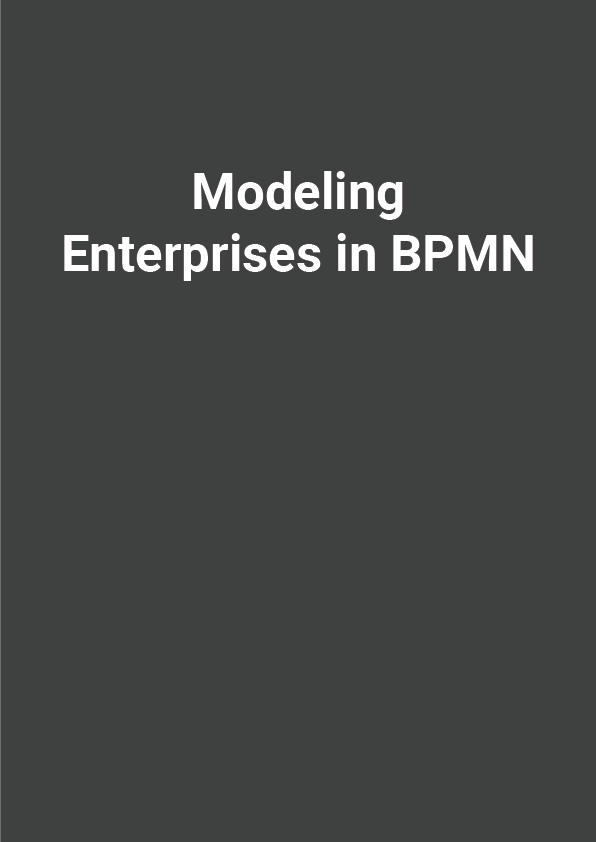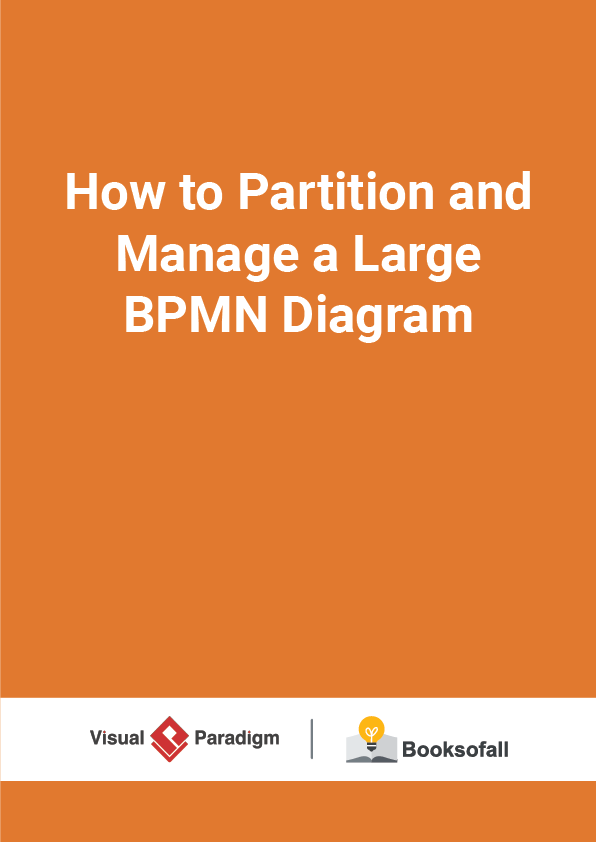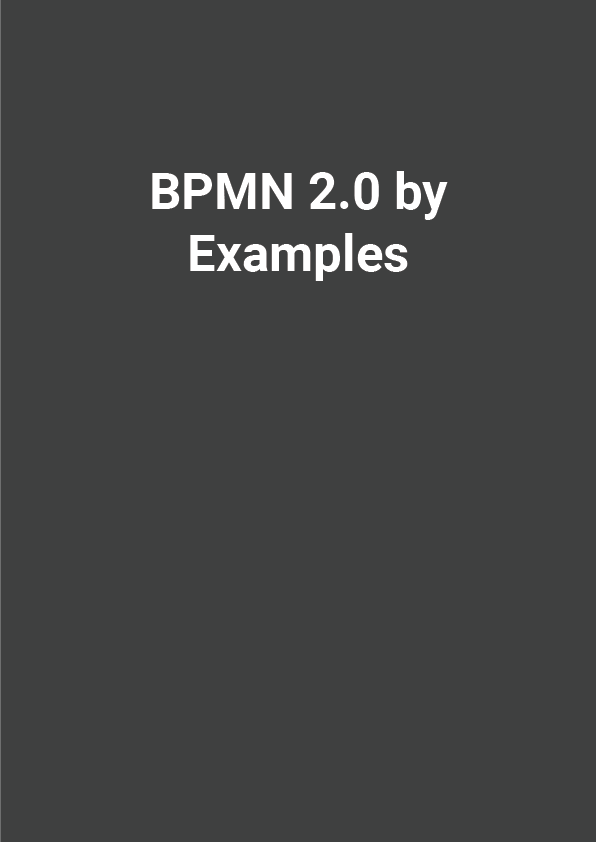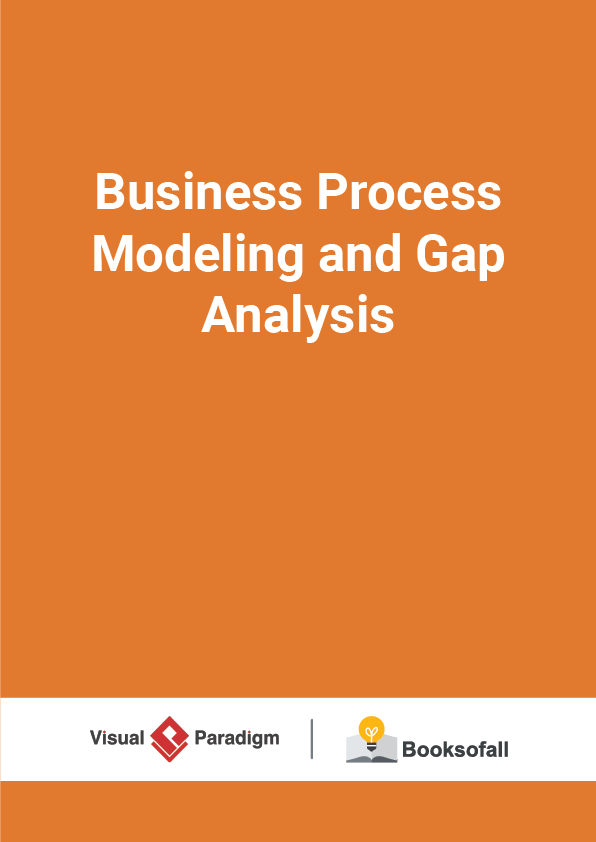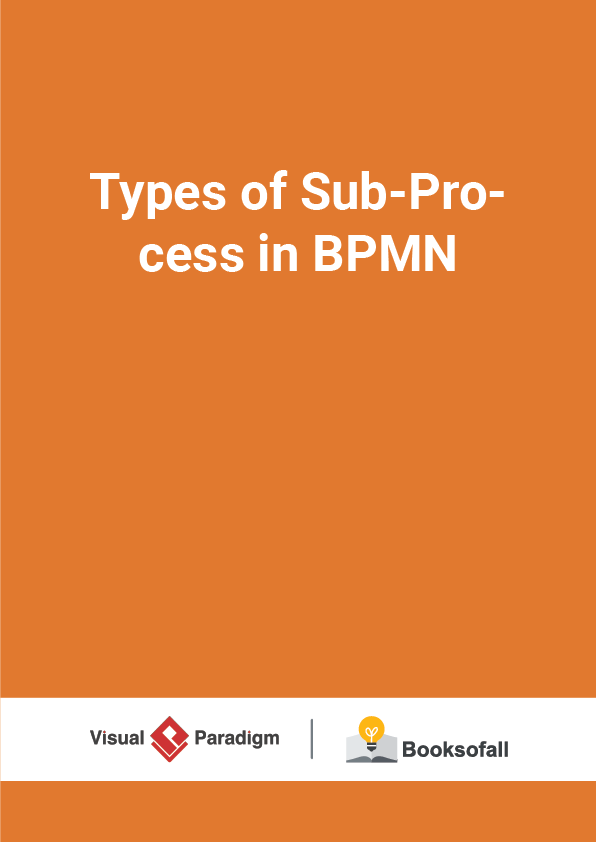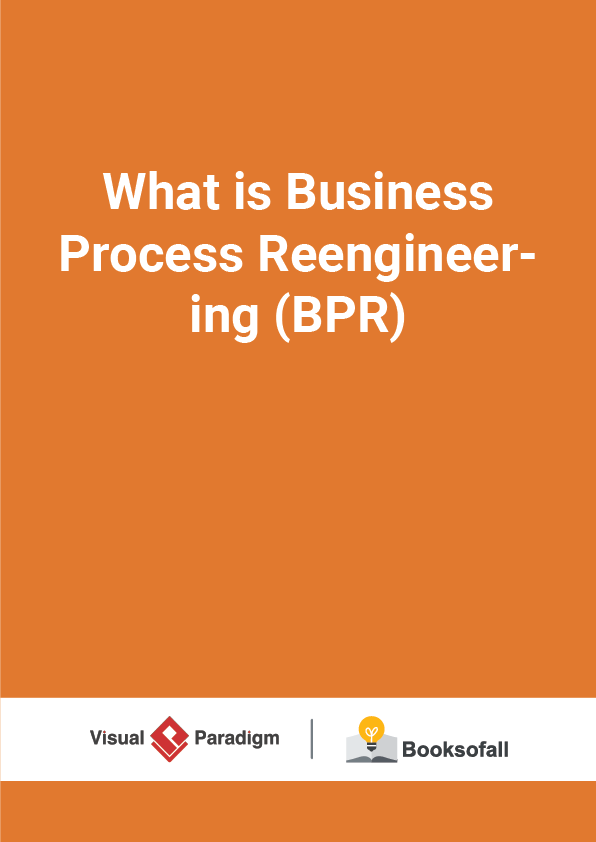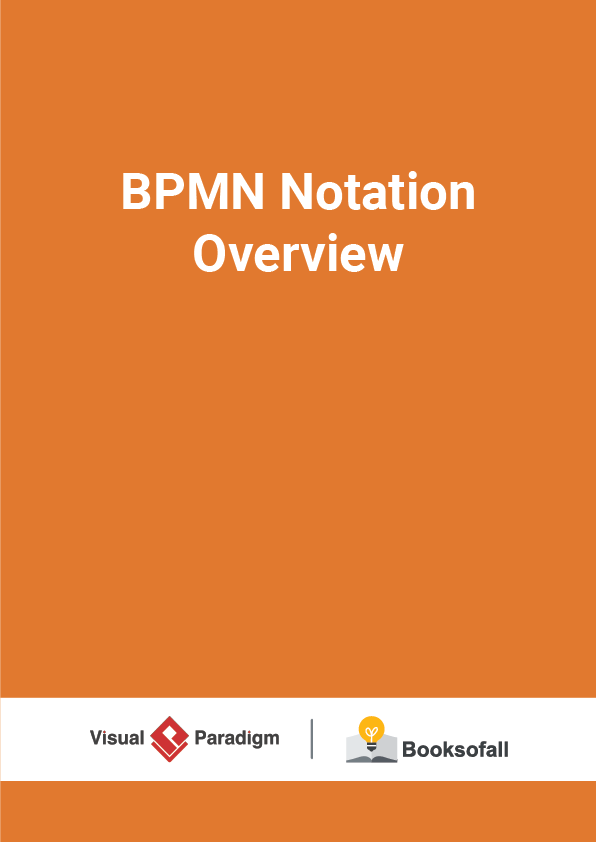Modelling Enterprises
Modeling business processes
- Why business processes?
- Modelling concurrency and synchronization in business activities
- UML Activity Diagrams
- BPMN Diagrams
Modelling organisational intent
- i* modelling language
- Modelling agents and the strategic dependencies between them
- Explaining these dependencies in terms of agents’ goals
Business Processes
Business Process Automation
- Leave existing business processes as they are
- Look for opportunities to automate parts of the process
- Can make an organisation more efficient; has least impact on the business
Business Process Improvement
- Make moderate changes to the way the organisation operates
- E.g. improve efficiency and/or effectiveness of existing process
- Techniques: Duration analysis; activity-based costing; benchmarking
Business Process Reengineering
- Fundamental change to the way the organisation operates
- Techniques:
- Outcome analysis – focus on the real outcome from the customer’s perspective
- Technology analysis – look for opportunities to exploit new technology
- Activity elimination – consider each activity in turn as a candidate for elimination
Modelling Business Processes
Business processes involve
- Multiple actors (people, business units,…)
- Concurrent activities
- Explicit synchronization points
- E.g. some task cannot start until several other concurrent tasks are complete
- End-to-end flow of activities
Choice of modelling language:
- UML Activity diagrams
- …based on flowcharts and petri nets
- Not really object oriented (poor fit with the rest of UML)
- Business Process Modelling Notation (BPMN)
- New (emerging) standard, loosely based on pi calculus
Modeling actors’ intentionality
i * modeling language
- Developed in the early 90’s
- provides a structure for asking ‘why’ questions in RE
- models the organisational context for information systems
- based on the notion of an “intentional actor”
- Two parts to the model
- Strategic dependency model – models relationships between the actors
- Strategic rationale model – models concerns and interests of the actors
Approach
- SD model shows dependencies between actors:
- goal/softgoal dependency – an actor depends on another actor to attain a goal
- resource dependency – an actor needs a resource from another actor
- task dependency – an actor needs another actor to carry out a task
- SR model shows interactions between goals within each actor
- Shows task decompositions
- Shows means-ends links between tasks and goals
